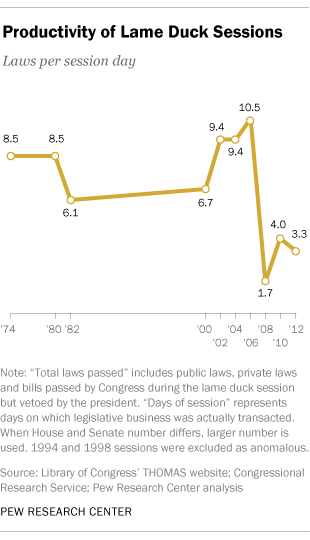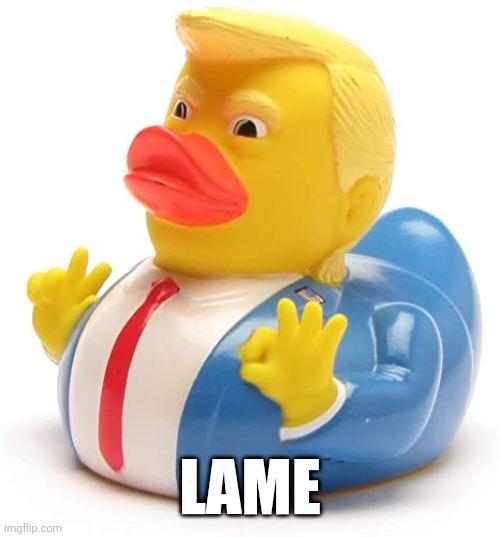
This four-part legislative package included California statehood, an end to the slave trade in the District of Columbia, a stronger fugitive slave law, and popular sovereignty for the remaining territories of the Mexican Cession. Henry Clay, sensing an opportunity to settle several sectional issues around the admission of California, proposed the Compromise of 1850.
#LAME DUCK PERIOD APUSH FREE#
The South opposed the admission of another free state and feared the exclusion of slavery from all of the Mexican Cession. The immediate crisis generated by the war was California’s statehood bid in 1849. Although never approved, the proviso roiled congressional debate for the next several years. During the war, Polk’s political enemies introduced the Wilmot Proviso, which attempted to block the spread of slavery into any new lands that might be acquired from the war.

Polk’s opponents charged him with provoking the war to satisfy a “slave power“ in the South. Instead, the new territories proved to be a “dose of poison“ for American unity. It did not, however, quell the political turmoil. Under mounting political pressure, Polk accepted the Treaty of Guadalupe Hidalgo in 1848, which finally resolved the issue of Texas and gave the United States control of the Mexican Cession. Also, by 1848, the Whigs were raising charges that Polk had deliberately maneuvered the country into war by provoking the border incident in the spring of 1846. Military successes promoted the presidential aspirations of Taylor and Scott, both of whom were Whigs. Although the war was a military success, the conflict gave Polk and the Democrats political headaches. In addition, Stephen Kearny successfully seized parts of California and established American claims to the region. By 1848, most of Mexico was under American control. Over the next two years, Zachary Taylor and Winfield Scott led American troops to victory after victory against the poorly prepared Mexican army. On May 13, 1846, Congress declared war on Mexico. Mexico viewed this as an aggressive act, and in April 1846, Mexican and American troops clashed. When Slidell’s mission failed, Taylor moved his troops from the Nueces River, which Mexico claimed as the border, south to the Rio Grande river. At the same time, the president ordered General Zachary Taylor and 3,500 American troops to the disputed border area.

Polk also hoped that Slidell would be able negotiate a deal to buy California for $20–25 million. He sent John Slidell to negotiate an agreement to resolve the Texas annexation and boundary problem.

To resolve the troubles with Mexico stemming from the annexation of Texas into the Union by lame-duck President John Tyler, President James K. In addition, for slaveholding southerners and their allies, expansion meant more land for slavery and increased influence in Congress. continent.” Expansionist ideas also reflected America’s successful experiment with democracy, as leaders called on the nation to expand “the area of liberty” to include lands controlled by Mexico and by Native Americans. O’Sullivan added a divine quality to this quest when he wrote America should expand “by the right of our manifest destiny to overspread. In the early 1840s, America increasingly viewed territorial expansion as a means to restore its confidence and prosperity lost during the Panic of 1837.


 0 kommentar(er)
0 kommentar(er)
